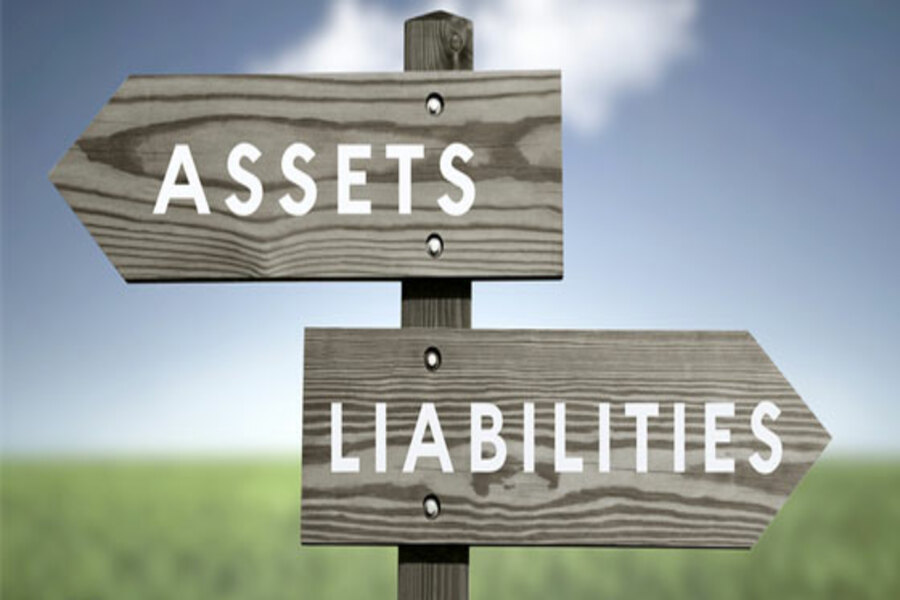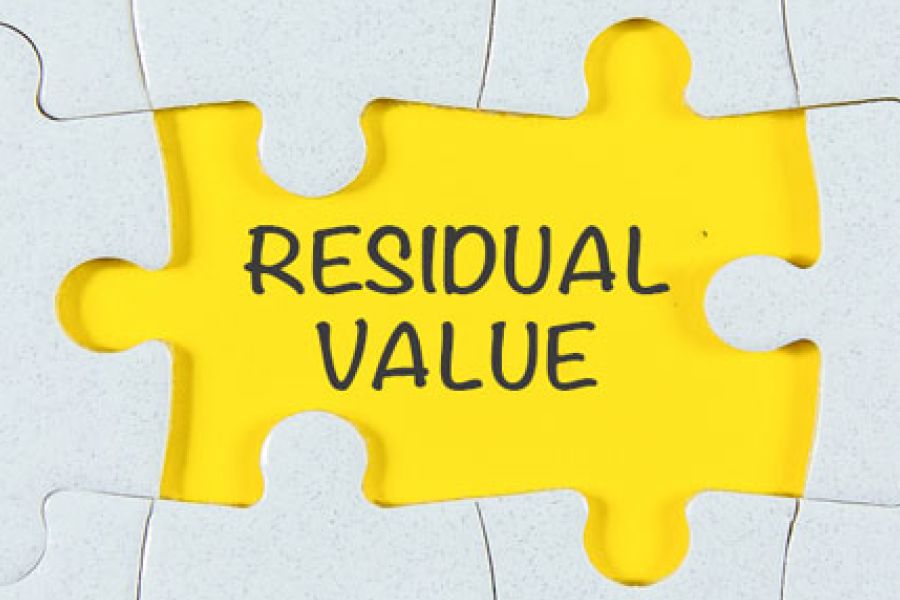Summer can bring extreme weather, including floods, droughts, wildfires, tornadoes and hurricanes. These natural disasters and other crises can interrupt normal business operations, causing significant financial losses. If disaster strikes, a business interruption insurance policy can allow you to recoup lost profits, repair damaged assets and cover other incremental expenses. When a covered event has occurred, a business valuation professional can help explain what’s covered and calculate how much you’re entitled to recover. Coverage basics Business interruption insurance is arguably one of the most complicated insurance products on the market today. And most policies require claims to be filed in a relatively short period of time (often within 30 days). In addition to replacing any damaged assets, such as inventory or machinery, a business interruption policy typically covers lost...

As posted to the Redwood Materials YouTube page on 8/11/22 Run Time 41 minute, 15 seconds In this clip, JB Straubel, Founder & CEO of Redwood Materials and Tesla co-founder & former CTO details how recycling lithium-ion batteries will cost effectively help EV demand & supply chain needs. Of concern however is that legacy automotive manufacturers haven’t “done the math” on attaining the raw materials needed to produce batteries in their transition to electric vehicles, and skepticism among mining companies about the future demand of EVs and the truly massive transformation of industry necessary to transition the world to a sustainable energy economy. JB believes that it is going to be challenging for auto makers coming into EV production a bit late. Securing enough supply of batteries...
On its website, the IRS has issued guidance on accessing the Inflation Reduction Act of 2022's tax credits for electric vehicles ("Plug-in Electric Drive Vehicle Credit at a Glance"), while the Energy Department listed credit-eligible cars, trucks, and SUVs ("List of Vehicles with Final Assembly in North America") on 8/16/22, just hours after President Biden signed the law. Credit Amounts The Act introduces a $4,000 tax credit for the purchase of used electric vehicles (EVs), and updates the $7,500 credit for new EVs . . . Vehicle Price Caps A major change however is the introduction of caps on the price of new vehicles, based on the buyer's income, that qualify for that credit. The caps imposed are: $55,000 for electric cars, and $80,000 for SUVs and pickup trucks. Final Assembly...
Excerpt of an article posted to the ARK Invest website on 7/15/22 According to the research of ARK Invest, during the next five years the auto industry as measured in units will grow, but as measured by enterprise value, it will shrink. In 2021, the number of light vehicles sold globally was 78 million and the enterprise value of automakers, roughly $3.5 trillion. According to IHS Markit, during the next five years unit auto sales will increase at a 4.7% compound annual growth rate and hit a new high at 98 million units in 2026. ARK’s Non-Autonomous EV Base Case agrees with the consensus view that unit sales will increase by 20 million during the next five years but that the enterprise value of global automakers...
As posted to the Munro Live YouTube Channel on 8/1/2022 (Run Time 49 min, 46 sec) Ford CEO Jim Farley, Linda Zhang (F-150 Chief Nameplate Engineer), and Doug Field (Chief Officer of EVs and Digital Systems) deliver Munro & Associates a Ford F-150 Lightning and sit down for a down-to-earth interview with Sandy Munro to discuss, among other things, urgent changes necessary to avoid a financial calamity in the transition to EVs. (This is Blog Post #1250) Sandy Munro is an automotive engineer who specializes in machine tools and manufacturing. He joined the Ford Motor Company in 1978 and then started his own consulting company, Munro & Associates, which specializes in lean design, tearing down automotive products to study and suggest improvements and innovations....
Excerpt of an article posted to the Memos by Heller House website on 7/27/22 In their book The Innovator's Solution, Clayton Christensen and Michael Raynor cite the example of IBM as a cautionary tale against outsourcing activities that "might seem to be a non-core activity today" but that "might become an absolute critical competence to have mastered in a proprietary way in the future". IBM decided to outsource the microprocessor for its PC business to Intel, and its operating system to Microsoft. IBM made these decisions in the early 1980s in order to focus on what it did best - designing, assembling, and marketing computer systems. In the process of outsourcing what it did not perceive to be core to the new business, IBM put into business the...
The balance sheet — which shows a company’s assets and liabilities — is a logical starting point for valuing certain types of businesses. The cost (or asset) approach specifically focuses on this part of a company’s financial statements. Here’s an overview to help you understand this valuation technique. How does it work? When valuation professionals apply the cost approach, they convert the book values reported on the balance sheet to their respective fair market values. There are three key reasons that book value may not reflect fair market value to a hypothetical buyer or seller: 1. Use of historic cost. Under U.S. Generally Accepted Accounting Principles (GAAP), assets are recorded at historic cost. Over time, historic cost may understate market value for appreciable assets, such as marketable securities...
When valuing a business using the discounted cash flow method, residual (or terminal) value is a key component. The International Valuation Glossary — Business Valuation defines residual value as “the value as of the end of the discrete projection period in a discounted future earnings model.” Business valuation experts typically consider the capitalization of earnings method and the market approach when estimating residual value. Either (or both) may be appropriate, depending on the nature of the business, purpose of the valuation, reliability of the company’s financial projections and availability of market data. Capitalizing earnings The capitalization of earnings method is based on the assumption that cash flow will stabilize in the final year of the projection period. However, this is also the time period that’s subject to the...
As posted to the Munro Live YouTube Channel on 7/5/2022 (Run Time 17 min, 23 sec) The team at Munro & Associates just dropped the structural battery pack (with 4680 cells) out of their brand-new Texas-made Tesla Model Y. What they found is something that they've never seen . . . ever. The seats, console, carpet, etc. are mounted to the structural battery pack which can be removed in one assembly from the bottom of the car. Just the improvement to the ease of putting together the inside of the car on the assembly line when you're coming up from below because there is no floor is phenomenal. But there's more. (This is Blog Post #1231) Sandy Munro is an automotive engineer who specializes in machine tools and manufacturing....
As posted to CBT News on 6/14/22 (Click Image to View Clip - Run Time: 18 min, 46 sec) Automakers have been making some unprecedented moves with regards to electric vehicles . . . so much so that many franchise dealers are becoming concerned about the future of their businesses. In this clip, automotive attorney Len Bellavia sits down virtually with Jim Fitzpatrick on CBT News' "Inside Automotive" to discuss recent factory announcements as well as his perspective on the future of the franchised dealer network model. With OEMs implying that it is their wish to implement a direct-to-consumer sales model in some form or another, Bellavia states that franchise dealers are wondering if action needs to be taken. From his perspective, the broad dealer consensus seems to be...











